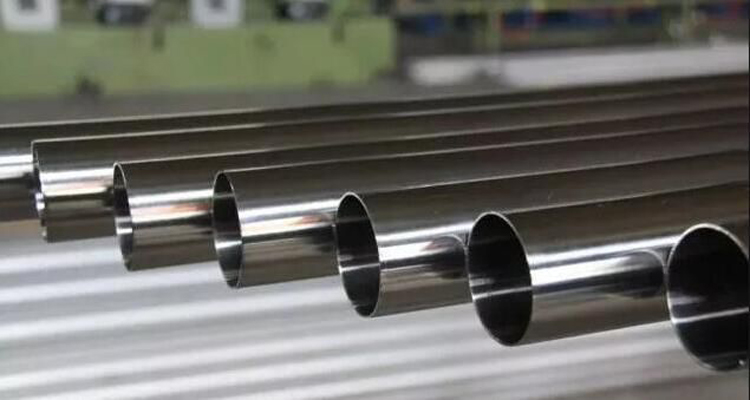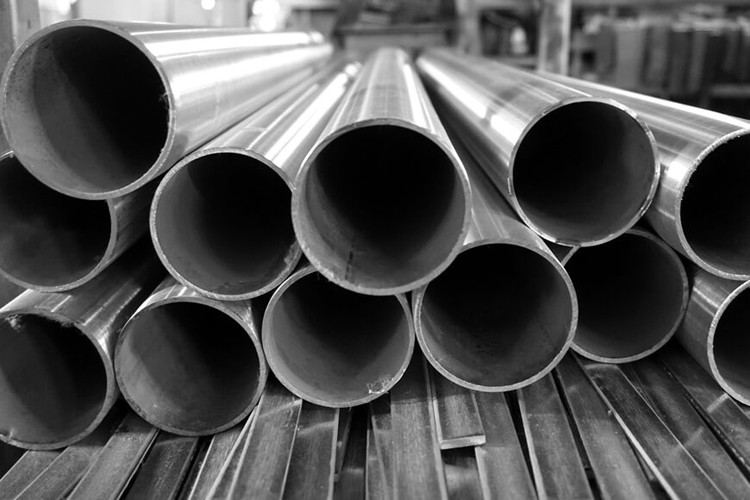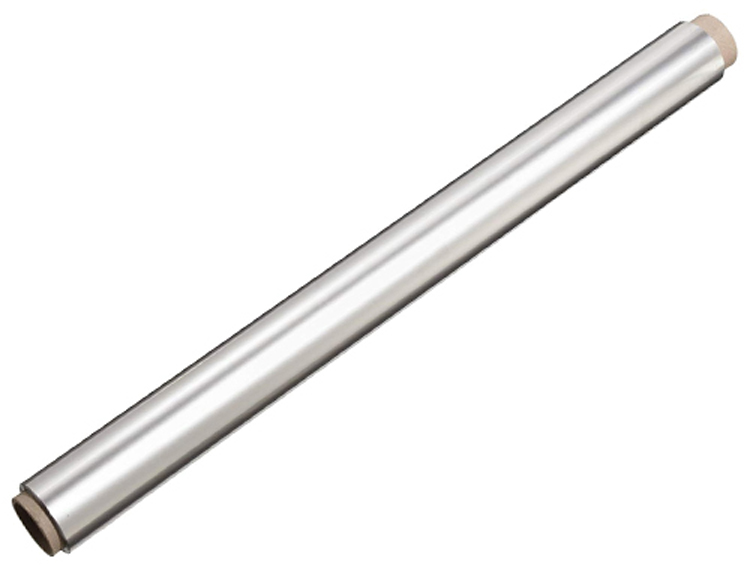What is the difference between 201 stainless steel and 304 stainless steel?
 What is the difference between 201 st...
What is the difference between 201 st...High nitrogen steel is a steel content that can reach the limit nitrogen content that can reach in conventional conditions. According to the different amount of nitrogen, the following classification is roughly carried out, that is, nitrogen -containing> 1%of ultra -high nitrogen steel, nitrogen -containing 0.3 to 0.5%of high nitrogen steel, and nitrogen -containing steel below this range. The effect of nitrogen in stainless steel is mainly reflected in the three aspects of stainless steel matrix tissue, mechanical performance and corrosion resistance. Studies have shown that nitrogen is a very strong element that is very strongly formed and stabilizes the austenite and expands the austenitic area. It can replace part of nickel in stainless steel to reduce the iron content in the steel and make the Ages more stable. To prevent the precipitation of harmful metal phases, even if the martyl transformation can be avoided under cold processing conditions.

In the past, it was considered to be crispy in nitrogen to the steel and treated as an element that must be removed. For other performance, the more the amount of nitrogen is found, the more the above performance increases, and the more related research on the expansion of the addition is carried out.

The biggest reason for nitrogen caused by nitrogen is that it can be nickel. In the 1930s and 1940s, in order to save the nickel of the supplies during the war, nitrogen was valued by the elements of the generated Octoba as a cannibaline. But until now, how to solid solid solution after adding nitrogen to improve the performance of steel and how its mechanism is unknown, it is urgent to study and solve it.

With the increase of nitrogen in stainless steel, the hardness, yield strength, stretch strength, and anti -fatigue properties of stainless steel have been significantly improved. The introduction of nitrogen elements can effectively improve the intensity of stainless steel and can effectively stabilize the Austennic phase, which can be described as one stone. In particular, the introduction of nitrogen elements can significantly improve the yield strength and tensile strength of alloy materials.

There is no doubt that the introduction of nitrogen elements has greatly improved the point corrosiveness of the material. This can be clearly seen from the calculation formula of The Pitting Resistance Equivalent Number.
Formula 1: Pren =%CR+3.3%MO+16%N

It can be seen from the above formula that the amount of corrosion of stainless steel materials is mainly determined by the nitrogen content in stainless steel. Its calculation factor reaches 16. The content of nitrogen elements also significantly changes the PREN value. This is just a calculation formula for the PREN value of nitrogen -containing stainless steel materials. Among the high -nitrogen stainless steel materials composed of different formulas, the calculation factor of nitrogen element even reaches more than 25.
 What is the difference between 201 st...
What is the difference between 201 st... Why is 316 stainless steel better tha...
Why is 316 stainless steel better tha... 400 series stainless steel science
40...
400 series stainless steel science
40... How to distinguish the processing tec...
How to distinguish the processing tec... Non-standard design materials of bras...
Non-standard design materials of bras... What type of titanium alloy does Tc4 ...
What type of titanium alloy does Tc4 ...